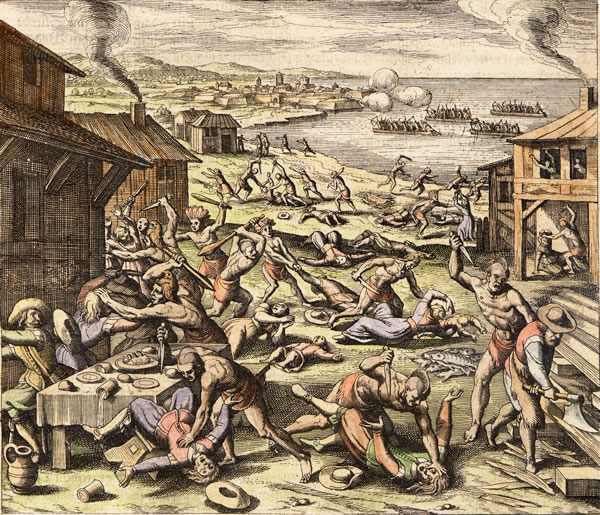Last fall my sister, Gracie, went to South Africa on a study abroad
program. There she worked on public health and policy. She stayed there for a
whole semester learning about the culture and she even stayed with a family and
experienced what it is like to live there. During her study my whole family
took a trip to Cape Town and Durban to see her. We went on safaris and saw many
exotic animals. We also went to beautiful places like Table Top Mountain, which
had one of the most stunning views I have ever seen. But the thing that really
was shocking to me was the existence of shantytowns I saw while touring the
country.
Shantytowns went on for miles along highways and even right next to
wealthy neighborhoods. I thought after apartheid whites and blacks lived in
equality throughout South Africa but that is not the whole truth. Apartheid was a time when all the black
inhabitants were cut off from society with little resources and terrible living
conditions. They weren’t even allowed to have jobs. Homes in shantytowns
usually are made of metal, pieces of wood, cardboard boxes and sheets of
plastic. They usually have no electricity but the ones we saw in South Africa
recently obtained electricity. They usually don’t have safe water supplies,
police protection, indoor plumbing and a functioning government.
It is still evident that there is some segregation in South Africa. Shantytowns
show that the non-white people have not been integrated into society as well as
they should be. I learned in South Africa one in ten South Africans lives in
informal settlements or, in other words, houses that should not be lived in. There
is still a lot of political unrest because of the segregation. Much like modern
day slavery, which we learned about in class, blacks were persecuted and
segregated because of their race. This prevented them from participating in all
activities within the society of South Africa, including voting, working, and
participating in public activities. Not only did segregation begin in the
1600’s, it has continued ever since and still happens today. Many people, like
Nelson Mandela, have tried to end segregation. Positive progress has been made but
I just hope that segregation will stop soon and we will all be equal.
Citations:
From article on
BBC News website “South Africa shanty town bill row”
Table Top Mountain
Adult Male Springbok
Female Lion















